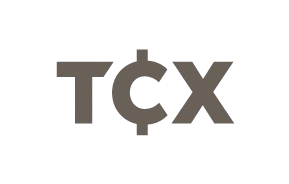The Export Association (ADEX) of Peru and the Dominican Republic association of exporters signed an inter-institutional cooperation agreement that aims to develop links and promote trade and economic relations between the two countries. Separately, the Dominican republic’s consumer prices rose by 7.24% YoY in January after increasing by 7.83% in December.
